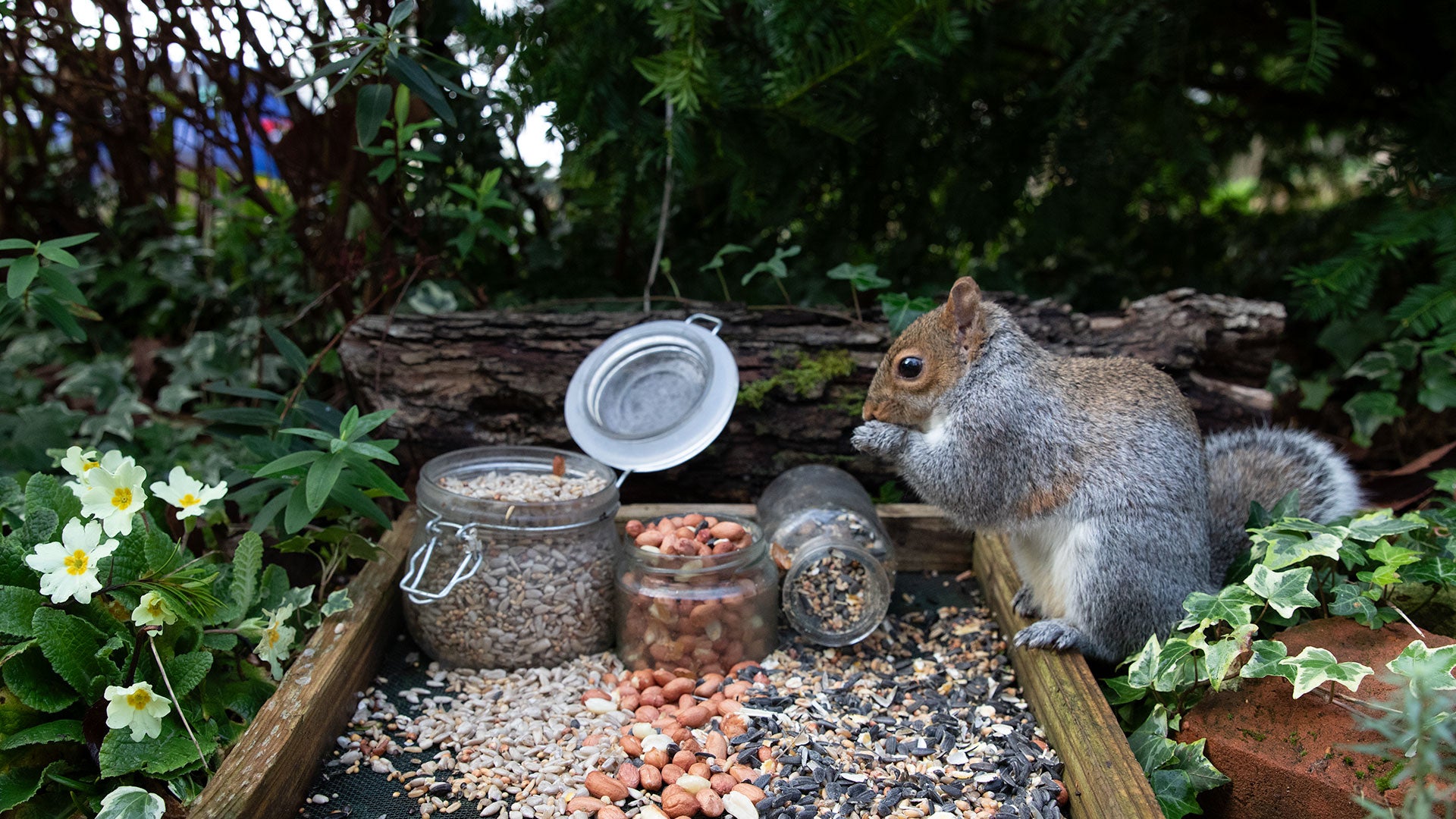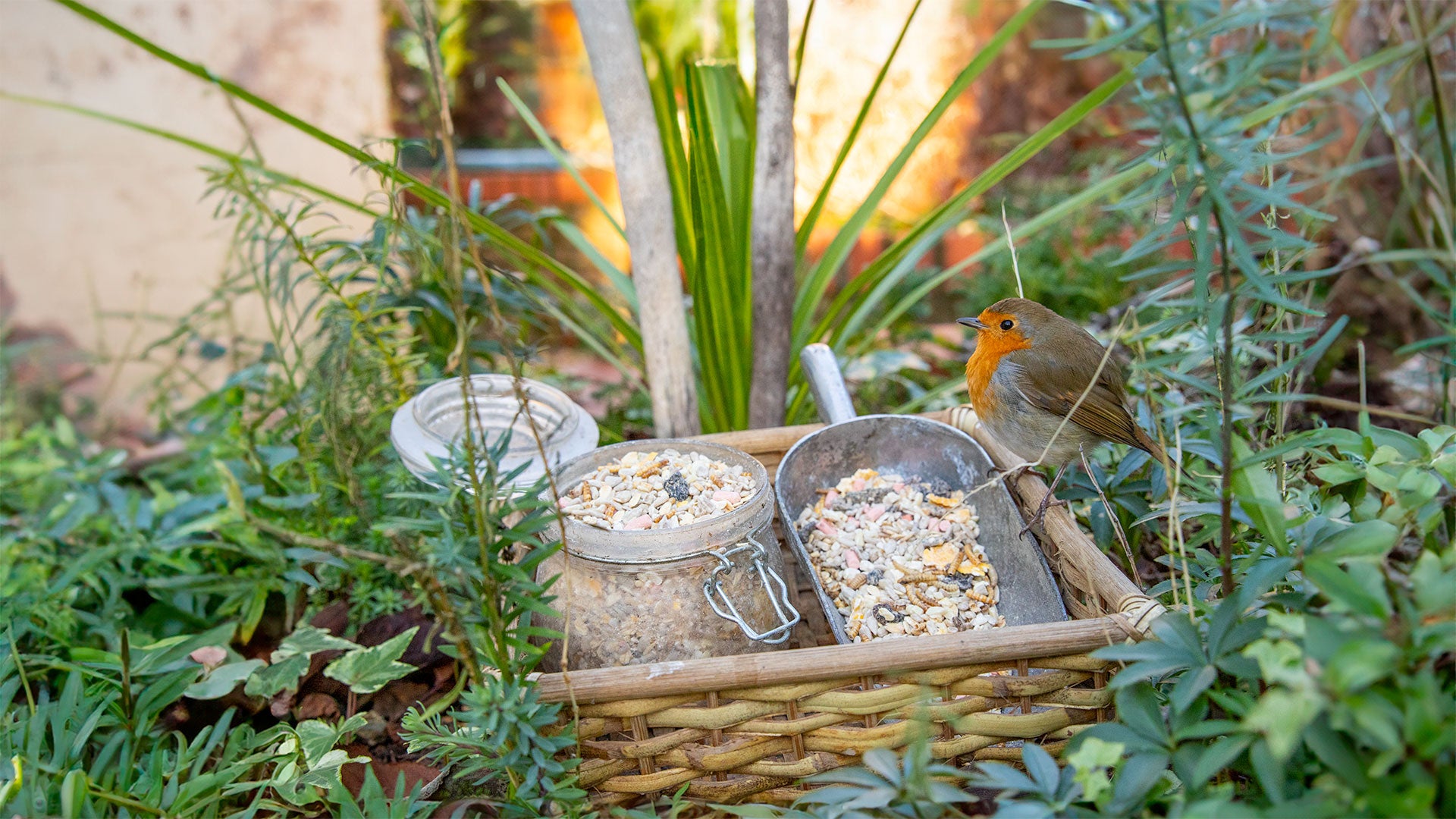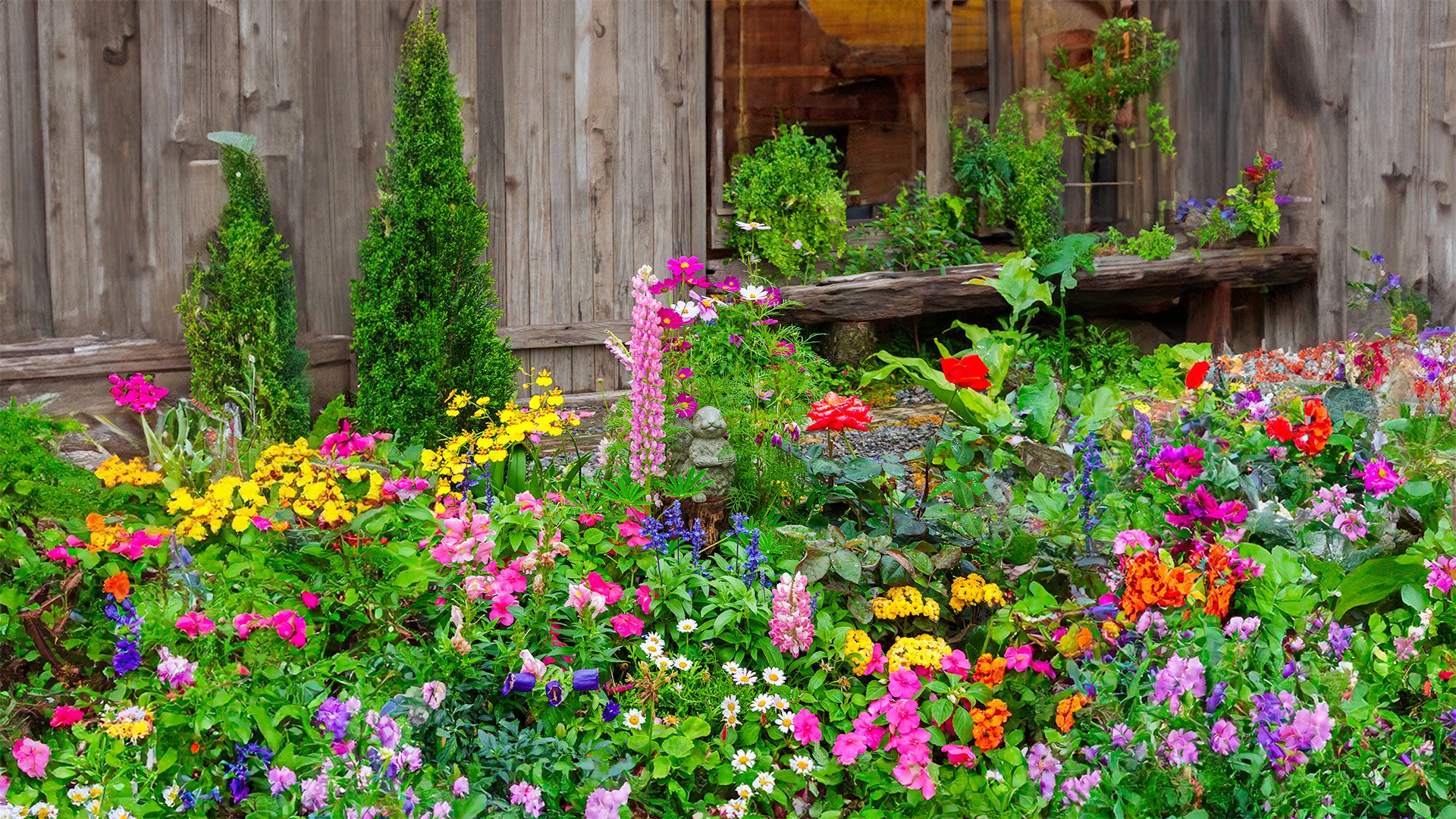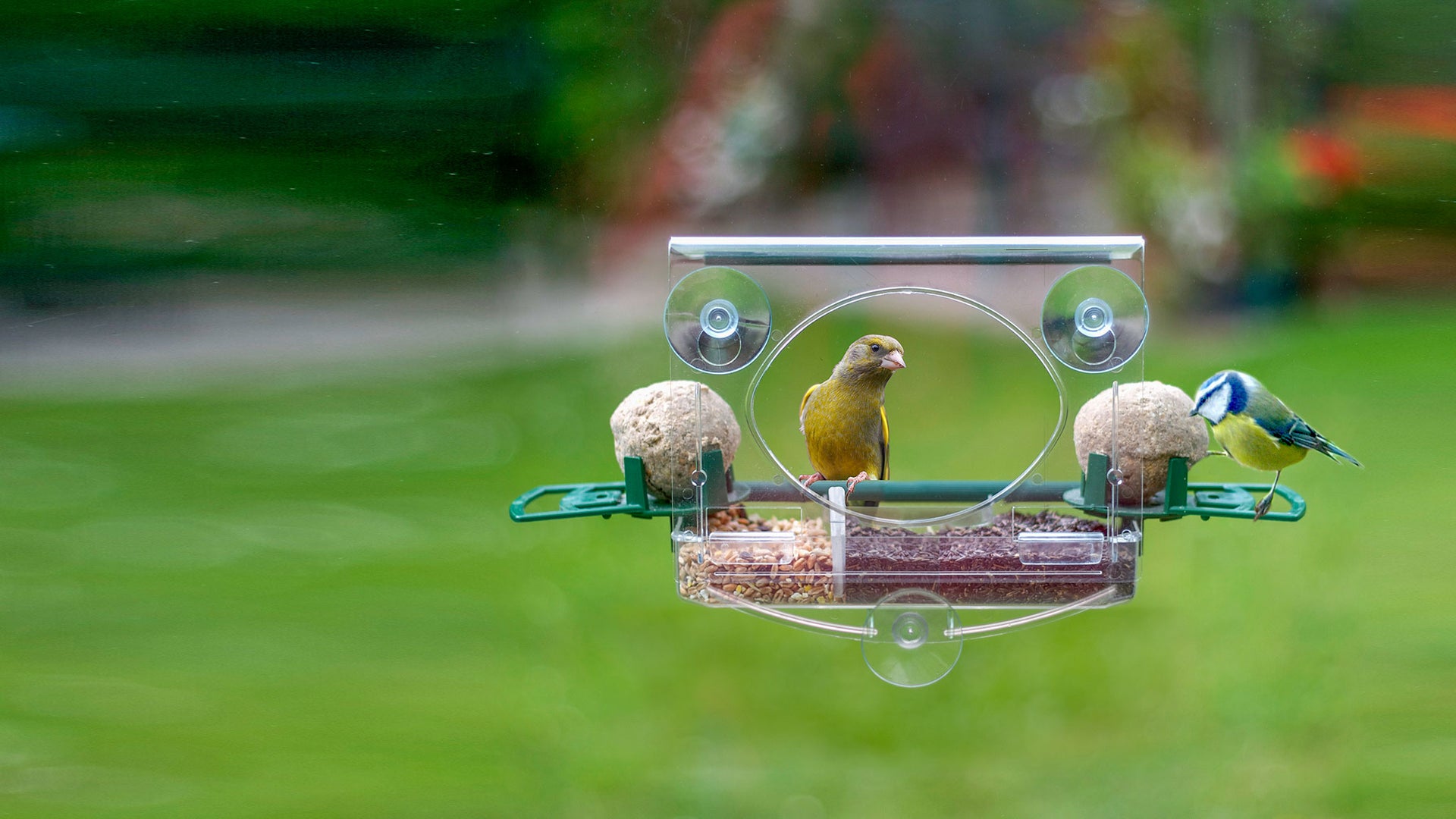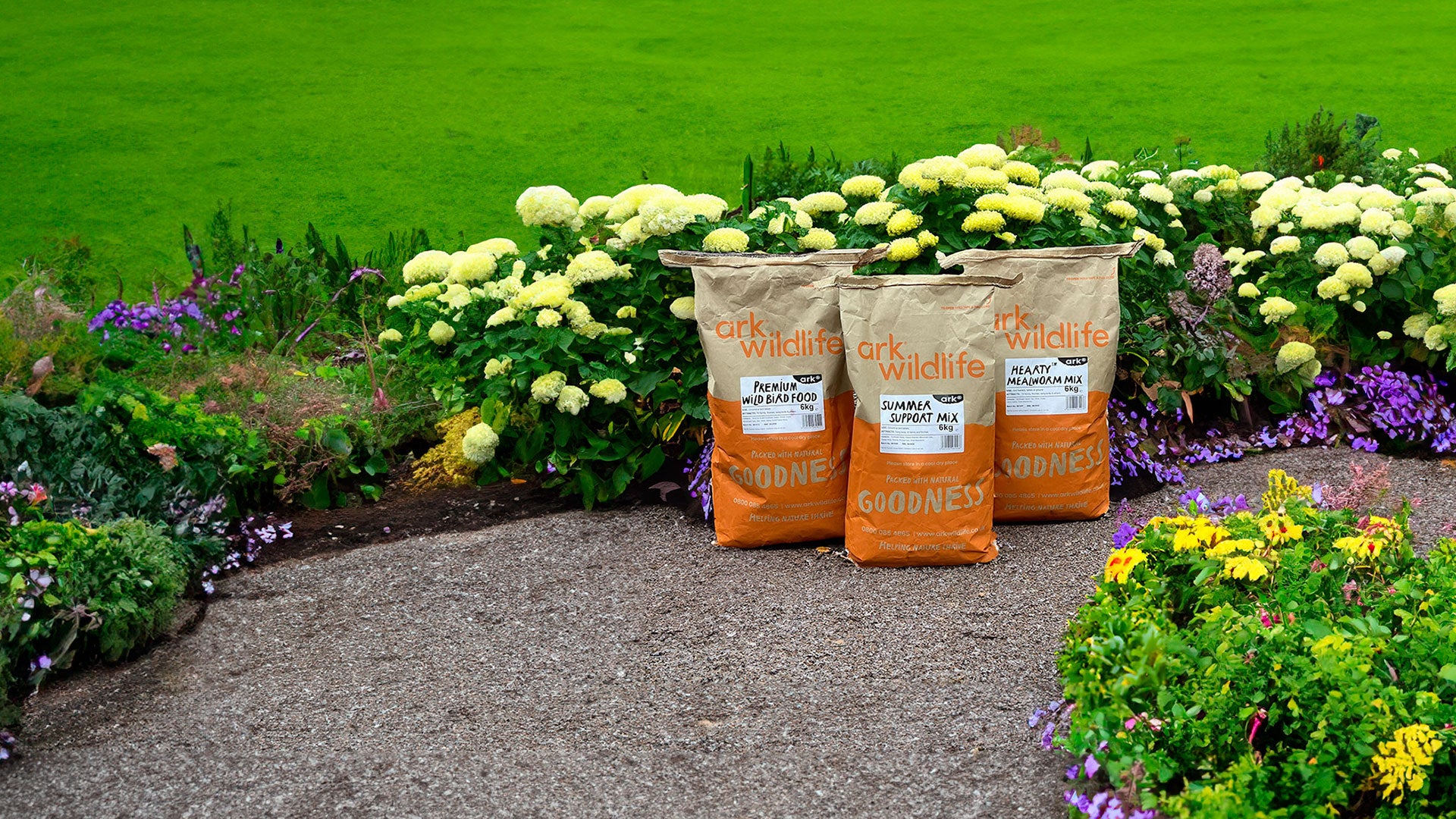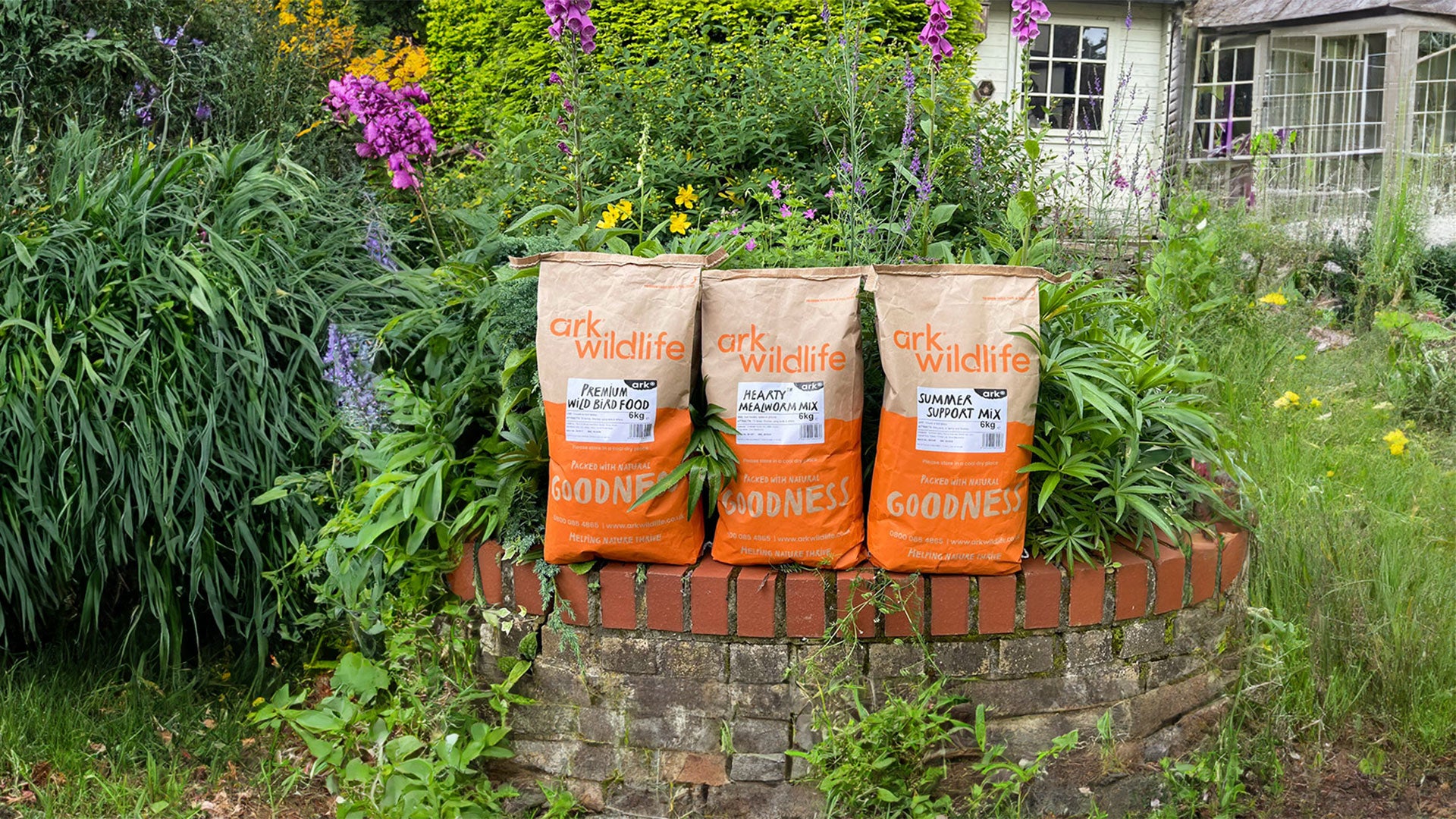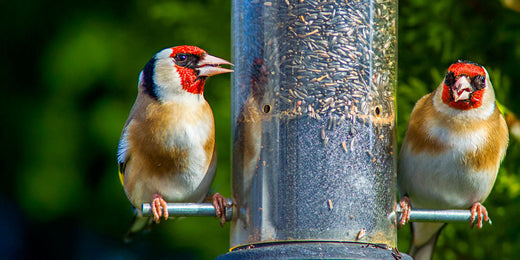Winter is a tough time for all our wildlife and most evident in garden birds. Frost, snow, wind, or rain, none are conducive to comfortable living. Blackbirds, starlings and thrushes usually probing lawns for worms and grubs, can’t access waterlogged or frozen ground and their food supply is cut off. Robins, wrens, and tits, scoffing abundant insects all summer find their larders empty. All these birds turn to fruit, seeds, and nuts during winter but find themselves in competition with the natural seed eaters such as finches, sparrows, and pigeons. Trees and hedgerows are quickly stripped bare in poor weather.
During a bad winter, up to 50% of any species of bird may starve. Birds can lose up to 10% of their body weight in a single night and because they need lightness for flight. They cannot even lay down fat as other animals do, so cannot gorge even if food was abundant.

Consistent winter bird feeding is therefore necessary but for me it’s also a passion, and one I encourage you to join. I nurture my birds as much as I do my flower beds. I spend hours in the garden and spend a small fortune on flowers, shrubs, and bedding, and my birds are integral within this. They are as colourful as any summer border, additionally bringing the benefit of movement and song. Also, unlike my perennials they flourish all year round. Surely, they deserve as much attention as the dahlias.

I feed my birds continually, paying particular attention to keeping the feeders topped up during winter. I feed sunflower hearts (sunflower seeds with the shells removed) because they’re full of oil and most birds eat them. I also feed mixed seeds, dried mealworms, along with suet blocks and suet pellets. These all appeal to different birds and allow them to feed without excess competition. I can also split them into different feeding areas, which means there’s always activity for me to watch, but also peace for shyer feeding birds.

With my feeders topped up, and the bird bath cleaned and filled with fresh water, there’s just one more job to do. I take a suet block over to the big oak and rub it vigorously into the bark as high as I can reach. By the time I’m back in the kitchen with a cuppa, a woodpecker is already pecking greedily at the suet, while a pair of nuthatches wait patiently for their turn. Providing food in as natural manner as possible pays dividends by attracting more species to my garden, and they tend to stay longer than being forced to grapple with a slippery tube type feeder.
I’m not sure if it’s the central heating, the tea or a job well done but I have a lovely warm feeling inside.



